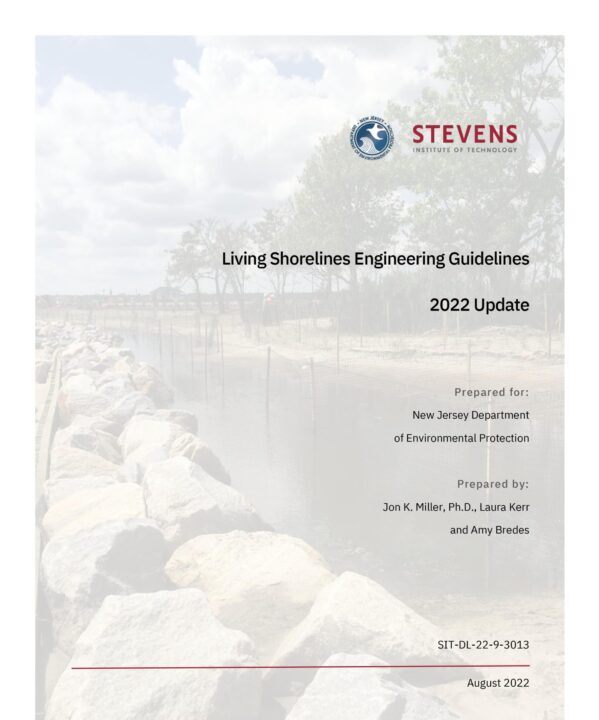Abstract or Summary

Many documents have been developed with the objective of educating policymakers, regulators, and property owners on the engineering and ecological aspects of living shorelines. The guidance presented here was developed specifically for engineering consultants, regulators, and private-property owners to ensure that living shorelines projects built within the State of New Jersey are designed, permitted, and constructed in a consistent manner using the best available information. The guidance is being developed at a critical time when living shorelines projects are becoming an increasingly popular alternative for stabilizing shorelines and restoring natural habitat. In July 2013, the State of New Jersey officially adopted Coastal General Permit 24 (N.J.A.C. 7:7-6.24) – commonly referred to as the Living Shorelines General Permit – which was written to encourage “habitat creation, restoration, enhancement, and living shoreline activities” and to remove some of the regulatory impediments for these projects. The guidance provided in this document is intended to be consistent with the statutes and limitations outlined in Coastal General Permit 24. The guidelines that have been developed are intended to identify the parameters critical to the success of living shorelines projects, to outline the level of analysis required to understand those parameters, and to provide guidance on how to incorporate them into a successful project design. The objective is to reduce the number of poorly engineered or improperly designed structures, while at the same time recognizing that some living shorelines projects do not need the same level of detailed engineering analysis as traditional approaches. Moreover, the intent is to provide a document that can serve as a common starting point for both project designers and regulators, such that the framework, design process, and expectations are more clearly understood by both parties at the outset of a project. Due to the underdeveloped state of knowledge about living shorelines projects in the Northeast (north of Maryland), it is expected that these guidelines will continue to evolve as more information becomes available. It is also expected that from time-to-time projects may be constructed as functional experiments and that there may be reasons to deviate from the proposed guidelines to achieve a specific research objective.